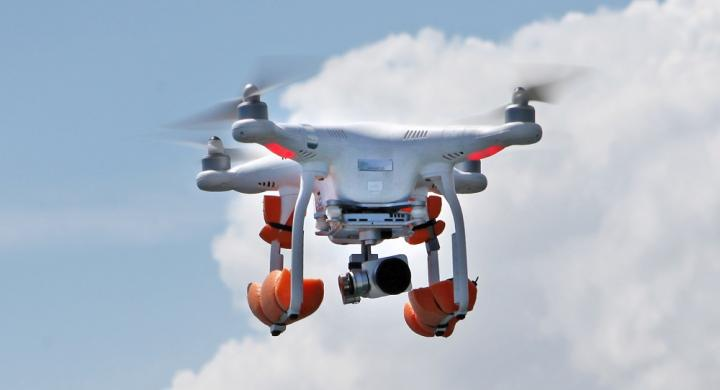Experts at the University of Barcelona have developed a way to minimize litter pollution in marine ecosystems with the use of an open-access web app called MARLIT. Artificial intelligence has a more than 80% reliability rate.
MARLIT uses an algorithm created using deep learning technologies to detect and assess the quantity of floating plastics in marine systems.
The open-access algorithm is available on GitHub and is described as a “Shiny app for floating marine litter detection in aerial images.” It is expected to introduce a novel deep learning approach connected to a website application.

The study, conducted at the Biodiversity Research Institute of the University with help from its Faculty of Biology, found that this technology is able to estimate the presence, density, and distribution of plastics in seas across the world.
The results were obtained by analyzing the AI techniques of over 3,800 aerial images of the coasts in Catalonia.
Aside from the researchers at the University of Barcelona, experts from the Research Group on Biostatistics and Bioinformatics of the University were also on board. The article was published in the journal Environmental Pollution.
The methodology used for the study is much more effective than previously known methods, particularly direct observations via boats and planes. With the help of AI, the effects of floating marine macro-litter (FMML) becomes more observable.
The article’s first author Odei Garcia Garin, explained, “Automatic aerial photography techniques combined with analytical algorithms are more efficient protocols for the control and study of this kind of pollutants.”
Moreover, Garin also noted that the AI uses automated remote sensing to assess the impacts at an earlier stage.
He added, “There are several factors in the ocean (waves, winds, clouds, etc.) that harden the detection of floating litter automatically with the aerial images of the marine surface. This is why there are only a few studies that made the effort to work on algorithms to apply to this new research context.”
The new algorithm not only automates the detection, but also the quantification of FMML using automatic learning with artificial neural networks.
MARLIT will be used on drones in order to obtain images. He explained, “The great amount of images of the marine surface obtained by drones and planes in monitoring campaigns on marine litter.”
The MARLIT GitHub page includes a test Images folder that allows users to serve as tests using the application.
















